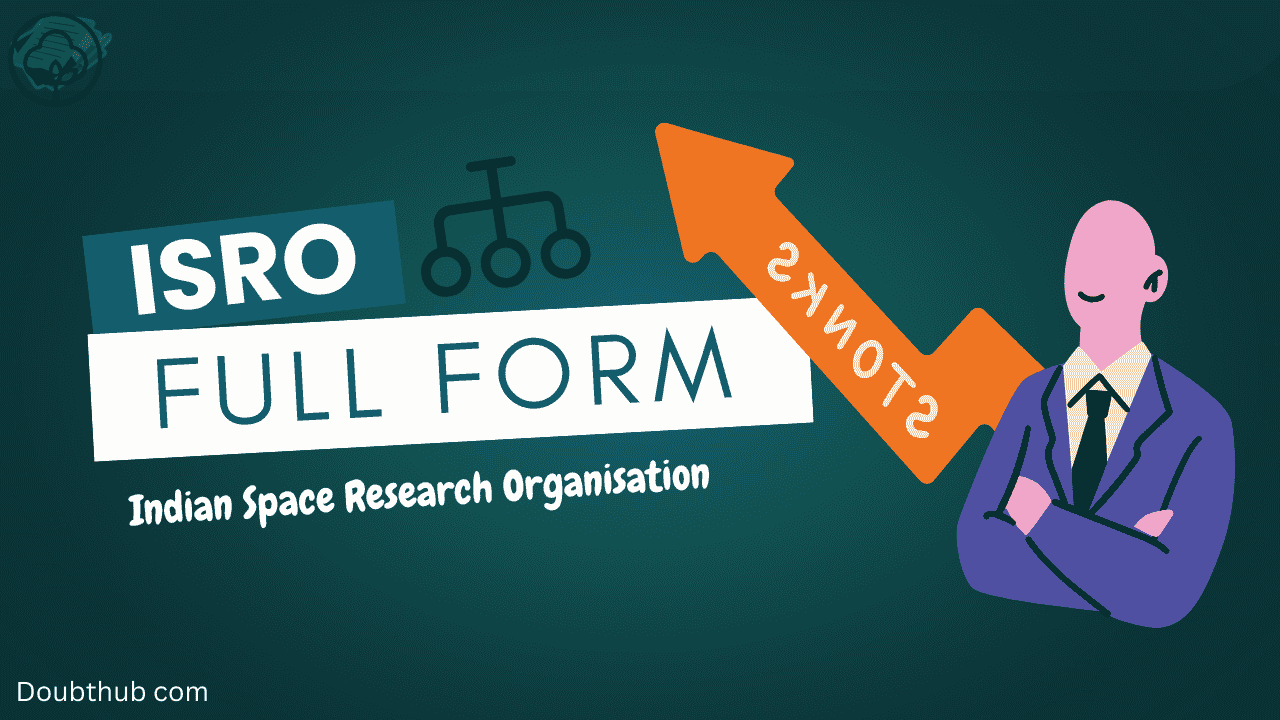Hello friends, do you know that India has a space mission that was cheaper than a Hollywood movie? Not only that, but every Indian space mission costs less compared to those of other countries. Indeed, today we are talking about ISRO, the space agency that continues to enhance India’s pride. In this blog, we will explore the establishment of ISRO, its future projects, and the ISRO Full Form. So, let’s dive in!
Many years ago, the condition of India was such that it had to take help from other countries to launch its satellites. But now it is not so. ISRO has made itself capable of taking the country ahead in space technology and achieved such a position. Today, India launches not only its own but also other countries’ satellites. Let’s learn about this journey of becoming a powerful space agency!
Table of Contents
what is the full form of ISRO?
- Indian Space Research Organization
What is ISRO? And Their full form
ISRO means Indian Space Research Organisation, India’s national space agency responsible for satellite launches, space exploration, and scientific research. Dr. Vikram Sarabhai led its establishment on 15 August 1969. However, the dream of ISRO originated from his visionary ideas. He aimed to develop India through space technology and once stated:
“If we want to build a strong and developed India, we must advance in space technology.”
Today, ISRO has reached a remarkable position, earning admiration from every Indian. From the Chandrayaan-3 mission in 2023 to reaching Mars at a record-low cost, its achievements continue to inspire the world.
NASA Full Form: Discover Its Missions, Innovations & Space Breakthroughs!
what is History of ISRO? (Indian Space Research Organisation)
Dr. Vikram Sarabhai led the establishment of ISRO in 1969, marking a proud moment in India’s space journey. But an important question arises—when did ISRO launch its first rocket? Let’s find out!
ISRO launched its first rocket, Nike-Apache, in 1963, which was imported from America. However, since it was not made in India, ISRO took a major step in 1975 by launching Aryabhata, India’s first indigenous satellite, with assistance from the USSR (Union of Soviet Socialist Republics).
After this achievement, ISRO focused on developing its own launcher technology. In 1980, ISRO successfully launched Satellite Launch Vehicle-3 (SLV-3), India’s first fully indigenous rocket, carrying the Rohini satellite into orbit. This milestone marked a historic and proud moment for ISRO.
- Know what is MRI and its full form
How Psalv and Guslav changed the game
In the 1990s, ISRO developed Polar Satellite Launch Vehicle (PSLV) and Geosynchronous Satellite Launch Vehicle (GSLV), both of which were fully Indian-made rocket launch vehicles. Among them, PSLV played a crucial role in putting ISRO on the global map due to its reliability and cost-effectiveness.
In 2008, ISRO launched Chandrayaan-1, India’s first Moon mission. This mission made a groundbreaking discovery—the presence of water molecules on the Moon, earning ISRO worldwide recognition.
In 2014, ISRO achieved something that even the world’s leading space agencies, including NASA, found astonishing. It successfully launched Mangalyaan (Mars Orbiter Mission), reaching Mars in its very first attempt—a feat no other space agency had achieved before.
Even more impressively, this mission cost only ₹450 crore, which was less than the budget of the Hollywood movie ‘Gravity’! This remarkable achievement made ISRO a global icon, earning respect from space agencies and experts worldwide.
Chandrayaan-2 vs Chandrayaan-3
In 2019, we wanted to do something new which no country has been able to do to date, the thing is that in 2019 ISRO launched its Chandrayaan-2. The target of this mission was to land on the south pole of the Moon which no country has been able to do till date, unfortunately at the last moment contact with the lander Vikram was lost.
But this did not mean that ISRO should abandon its mission, there is a saying in Punjabi that “jako rakkhe sanyaia maar sake na koi“, ISRO did something like this. ISRO did not accept defeat.
In 2023, ISRO launched Chandrayaan-3, and this time the mission was completely successful. Lander Pragyaan made a successful landing on the Moon, and India became the first country in the world to reach the south pole of the Moon. This moment was a proud moment for every Indian.
First Mission of ISRO
- The first satellite: Aryabhata (1975), was launched with the help of the USSR.
- First Indigenous Rocket: SLV-3 (1980) in which Rohini Satellite was sent into orbit.
- First Chandrayaan Mission: Chandrayaan-1 (2008) which proved the presence of water on the Moon.
Frequently Asked Questions (FAQs) About ISRO Full Form & Its Mission
What is the full form of ISRO?
ISRO stands for Indian Space Research Organisation.
When was ISRO established, and who founded it?
ISRO was founded on August 15, 1969, by Dr. Vikram Sarabhai.
What are the main objectives of ISRO?
Development of satellite technology.
Space exploration missions.
Space applications for communication, weather, and disaster management.
Which are the major achievements of ISRO?
Chandrayaan-1 (2008): Confirmed water on the Moon.
Mangalyaan (2013): First Indian Mars mission.
Chandrayaan-3 (2023): Successful soft landing on the Moon’s south pole.
How does ISRO contribute to India’s technological advancements?
Provides satellite-based communication and navigation.
Supports weather forecasting and disaster management.
Advances scientific research and space exploration.
What are ISRO’s upcoming space missions?
Gaganyaan Mission: India’s first human spaceflight.
Aditya-L1: Solar observation mission.
Mangalyaan-2: Follow-up Mars mission.
In this article, we explored the full form of ISRO and its significance in various contexts. Understanding such abbreviations not only enhances our knowledge but also helps in better communication. If you found this information helpful, feel free to explore more full forms on DoubtHub.com and expand your understanding. Stay informed, and keep learning with us!

